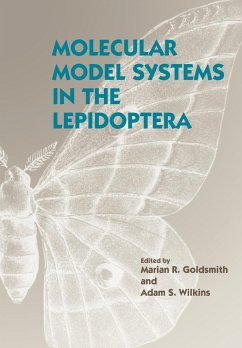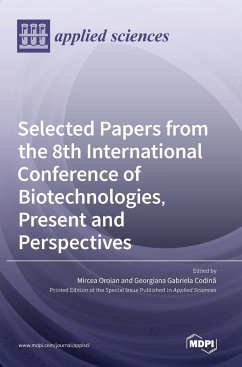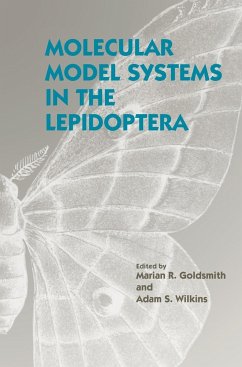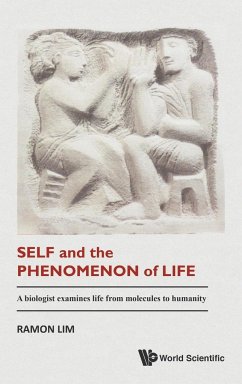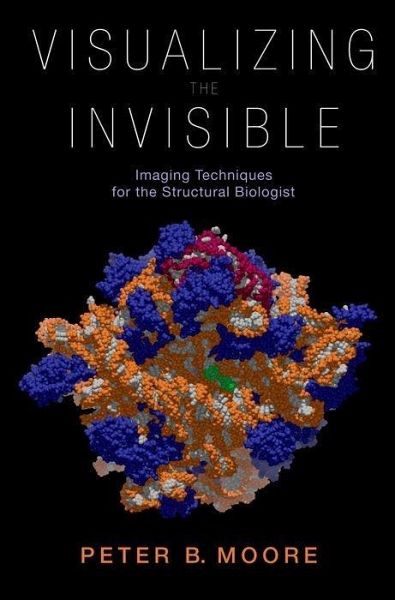
Visualizing the Invisible
Imaging Techniques for the Structural Biologist

PAYBACK Punkte
69 °P sammeln!
Knowledge of the microscopic structure of biological systems is the key to understanding their physiological properties. Most of what we now know about this subject has been generated by techniques that produce images of the materials of interest, one way or another, and there is every reason to believe that the impact of these techniques on the biological sciences will be every bit as important in the future as they are today. Thus the 21st century biologist needs to understand how microscopic imaging techniques work, as it is likely that sooner or later he or she will have to use one or anot...
Knowledge of the microscopic structure of biological systems is the key to understanding their physiological properties. Most of what we now know about this subject has been generated by techniques that produce images of the materials of interest, one way or another, and there is every reason to believe that the impact of these techniques on the biological sciences will be every bit as important in the future as they are today. Thus the 21st century biologist needs to understand how microscopic imaging techniques work, as it is likely that sooner or later he or she will have to use one or another of them, or will otherwise become dependent on the information that they provide. The objective of this textbook is to introduce its readers to the many techniques now available for imaging biological materials, e.g. crystallography, optical microscopy and electron microscopy, at a level that will enable them to use them effectively to do research. Since all of these experimental methods are best understood in terms of Fourier transformations, this book explains the relevant concepts from this branch of mathematics, and then illustrates their elegance and power by applying them to each of the techniques presented. The book is derived from a one-term course in structural biology that the author gave for many years at Yale. It is intended for students interested either in doing structural research themselves, or in exploiting structural information produced by others. Over the years, the course was taken successfully by advanced undergraduates and by graduate students. Scientists interested in entering the structural biology field later in their careers may also find it useful.





